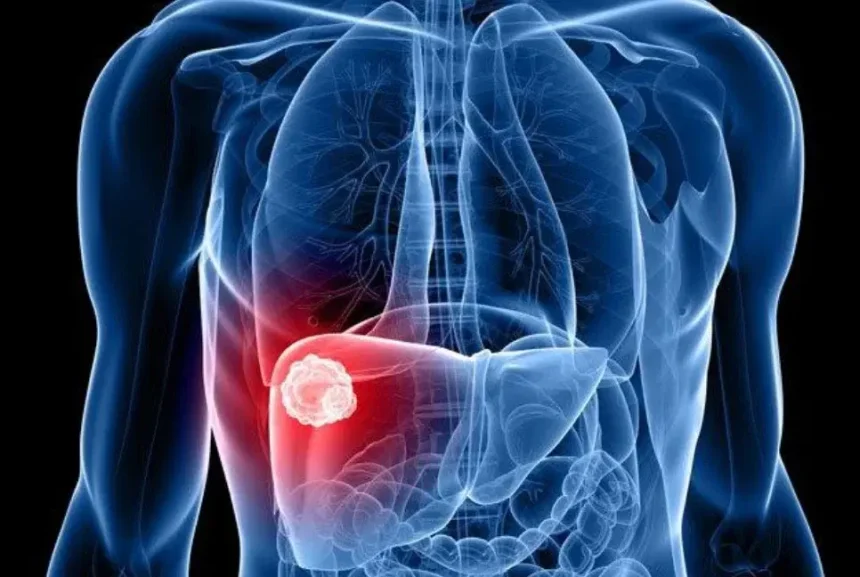A new study published in The Lancet medical journal warns that liver cancer cases could surge to 1.52 million per year by 2050—up from 870,000 today—unless urgent measures are taken to address preventable causes such as obesity, alcohol consumption, and hepatitis.
The findings, based on data from the Global Cancer Observatory, highlight liver cancer as the sixth most common but third deadliest form of cancer, projected to claim 1.37 million lives annually by mid-century.
Despite the grim forecast, researchers emphasize that three out of five liver cancer cases could be prevented. The primary risk factors include excessive alcohol intake, viral hepatitis infections (particularly hepatitis B and C), and metabolic dysfunction-associated steatotic liver disease, formerly known as non-alcoholic fatty liver disease, which is linked to obesity.
Published on World Hepatitis Day, the study identifies hepatitis B and C viruses as the leading causes of liver cancer in 2050 if current trends persist. Vaccination at birth remains the most effective defense against hepatitis B, yet coverage remains critically low in poorer regions, including sub-Saharan Africa. Without improved vaccination efforts, hepatitis B alone is projected to kill 17 million people between 2015 and 2030.
The study also reveals alarming shifts in other risk factors. Alcohol consumption is expected to drive over 21% of liver cancer cases by 2050, up from 19% in 2022. Similarly, obesity-related liver fat (MASLD) will account for 11% of cases, a rise from 9%.
The researchers, an international team of experts, stress the need for immediate global action. They call for expanded public health campaigns to raise awareness about liver cancer prevention, particularly in the U.S., Europe, and Asia, where obesity and diabetes are fueling fatty liver disease.







